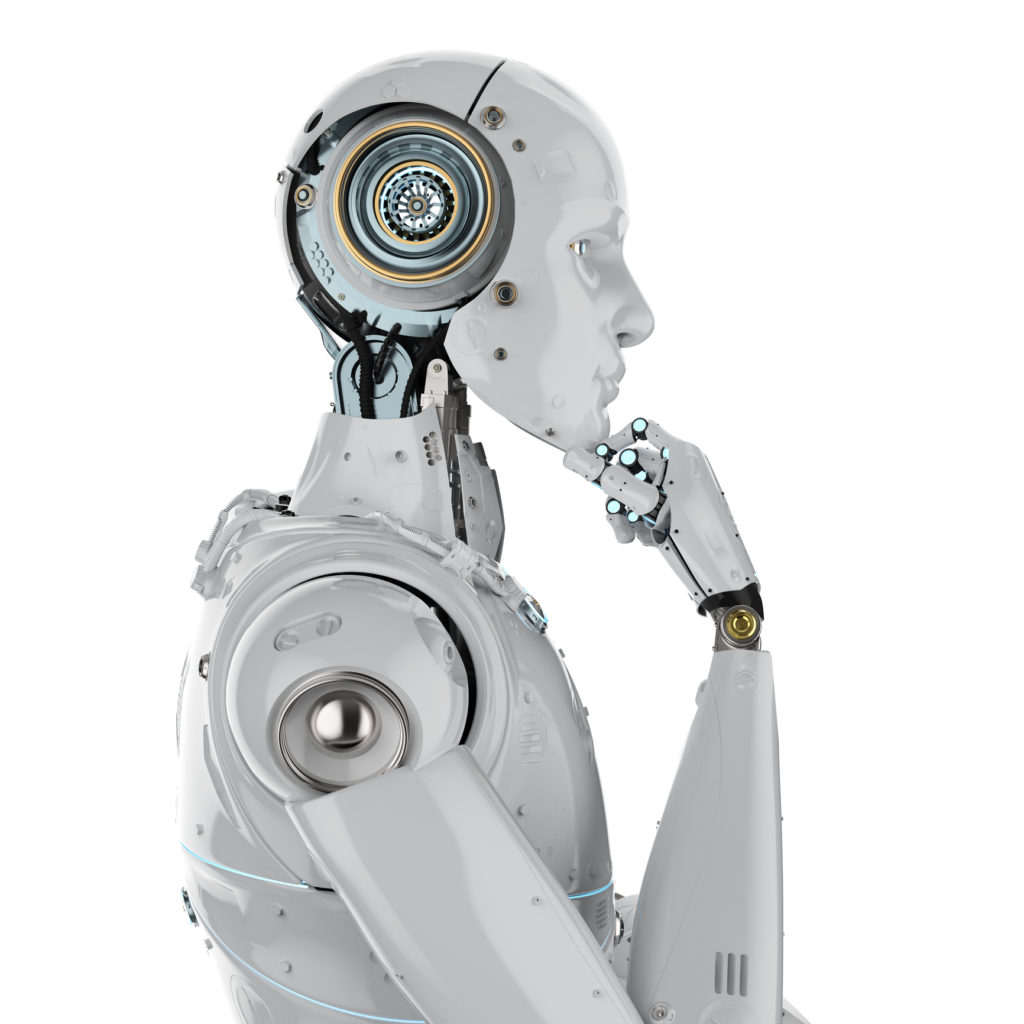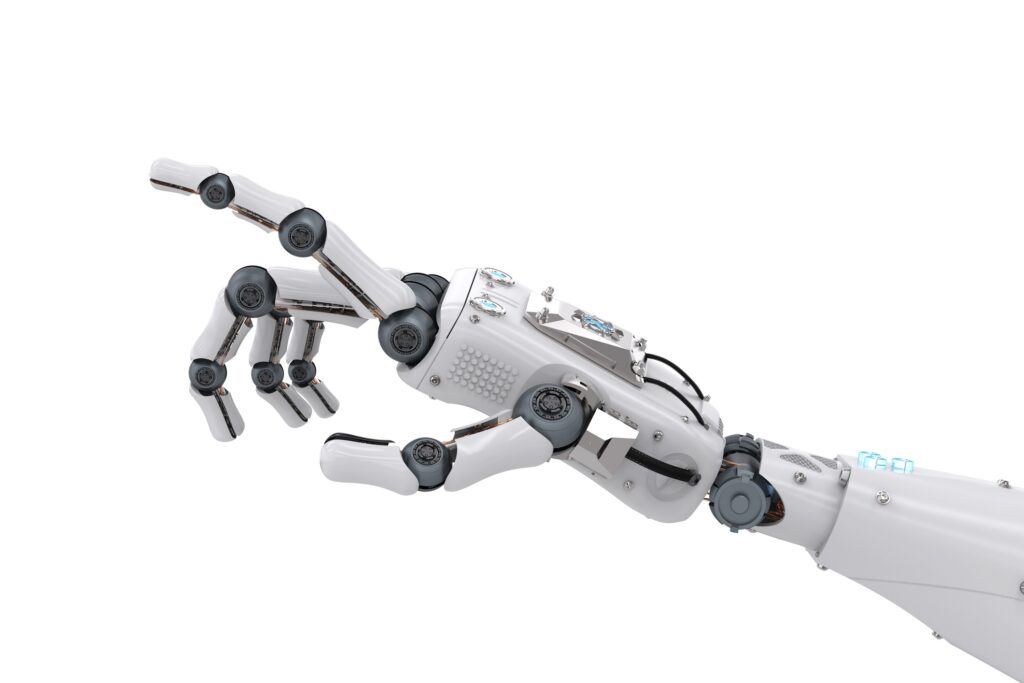Robotics and Automation Guide – Distrelec

Robots are set to become even more prevalent in our society over the course of the coming years. They will be pivotal in enhancing our lives, in a wide array of different ways.
Through the automation of tasks that were previously done by humans, they will enable dramatic improvements in productivity and operational efficiency. This will not just be of benefit in an industrial context, there will be opportunities for robots to help us in carrying out medical procedures, undertaking scientific research, producing the food we need, caring for the elderly and educating our children.
As a distinguished distributor of electronics, Distrelec ensures that it stays ahead of the curve when it comes to the latest trends and innovations in the industry. We believe that passing that expertise down to our customers to help boost productivity and efficiency is crucial.

In some industries, robots have been used to streamline workflows and processes for years, but some disciplines are lagging behind, due to a variety of factors. However, opportunities to implement robotic automation systems are growing in industries such as logistics and agriculture, and more affordable options are starting to allow SMEs (small and medium enterprises) to get in on the action.
To help us accomplish this, we published our first edition of the Robotics and Automation Guide back in January, introducing the reader to the world of robotics.
Our main focus was to describe the history and evolution of robots and explain the nuts and bolts behind robotic systems. We laid the foundation for the reader’s understanding of how robotics work and why they will become an increasingly important part of our society. Now it is time to delve deeper.
Then in May, we released the second edition of our Robotics and Automation Guide, where you can find out how robotics are a key part of the industrial revolution through network connectivity and how they can be embedded into certain workflows and ecosystems to simplify the process and increase efficiency.

Now, we’re delving even further with the third and ultimate part of the Robotics and Automation Guide. Dive into this final section to discover how to construct fully automated workflows for designing and operating robots.
Eager to explore the future of robotics? In the following segment, we delve into the thrilling possibilities, encompassing progress in artificial intelligence and the emergence of collaborative robots, transforming long-held aspirations into tangible realities.
Read our latest Robotics and Automation Guide to find out
Read the second edition of Robotics and Automation Guide
Read the first edition of Robotics and Automation Guide





